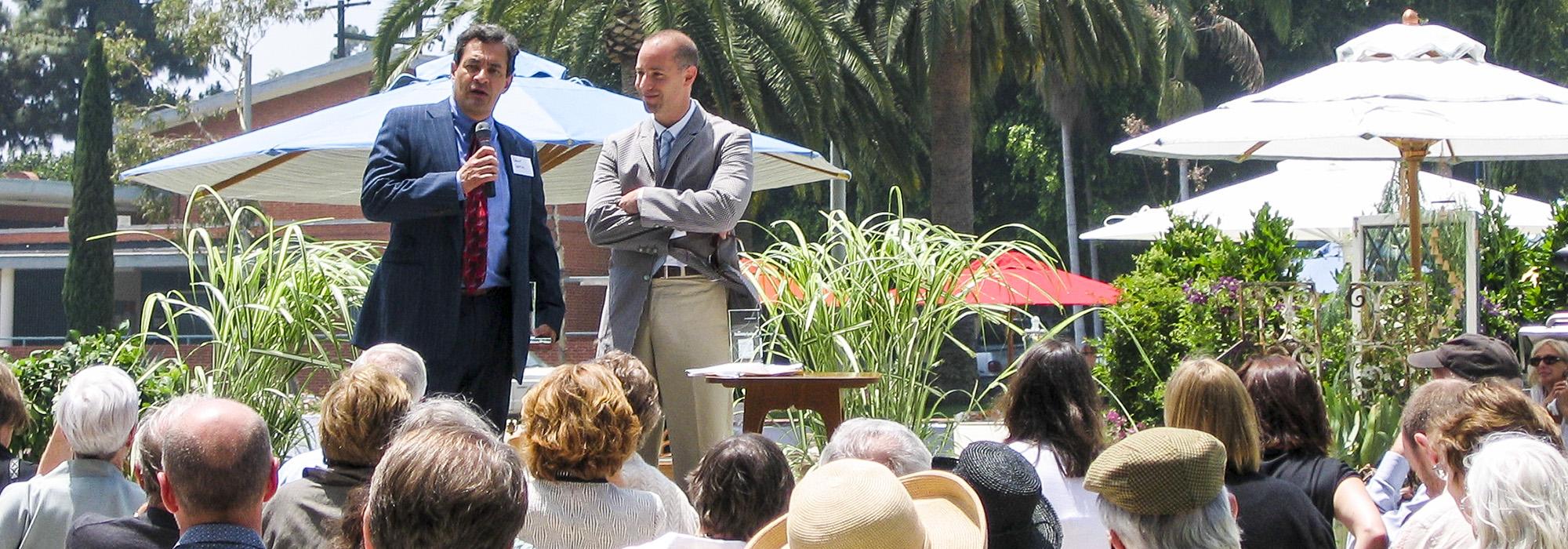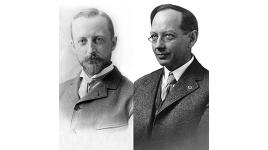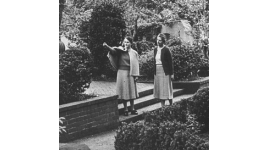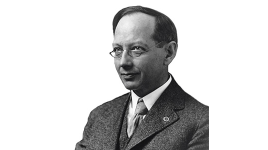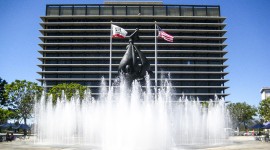Stewardship Excellence Awards: Focus on Southern California
These awards honor three organizations that have demonstrated their commitment to the research, planning and management of the cultural landscape of Southern California.
Robert Garcia, Executive Director and Counsel
Center for Law in the Public Interest
In recognition of their extraordinary commitment to the research, planning and management of the cultural landscape of Los Angeles, as inspired by the 1930 plan by Frederick Law Olmsted, Jr. By reviving this visionary plan, and working with bottom-up planning tools, Garcia and the Center have not only revived Olmsted's vision for parks and open space, but have organized community groups and, as a last resort, filed litigation as a way to return parks and open spaces to underserved, poor neighborhoods. In sum, by utilizing the Olmsted vision as a vehicle for a nature-culture stewardship ethic the work is a model for the city and the nation's urban park movement.
Linda Dishman, Executive Director
Los Angeles Conservancy
In recognition of the Conservancy's extraordinary commitment to the research, planning and management of cultural landscapes throughout the City. The Conservancy's leadership is exemplified by their pushing of traditional boundaries when designating vernacular landscapes such as Drive-In Theatres, to raising public awareness for designed landscapes such as the Los Angeles Music Center. In this work, as well as the Conservancy's ModCom Committee and Conservation Easement program, the LA Conservancy promotes a holistic stewardship agenda that is both a model to both professionals and the public.
Pamela Seager, Executive Director
Rancho Los Alamitos Foundation
In recognition of their extraordinary commitment to the research, planning and management of their cultural landscape. From the strong research foundation laid by Eric Haskell and David Streatfield (that revealed the contributions of the Olmsted Brothers and Florence Yoch) to the individual historic preservation projects that followed, the Rancho is a premiere example of how to preserve, manage, and interpret a historic property in the 21st Century. To this end, in addition to the traditional "bricks and mortar" work, the present-day educational programs and events build new constituencies by placing this rare, surviving, 7 ½ acre historic property within its larger cultural, ecological, and political context.



